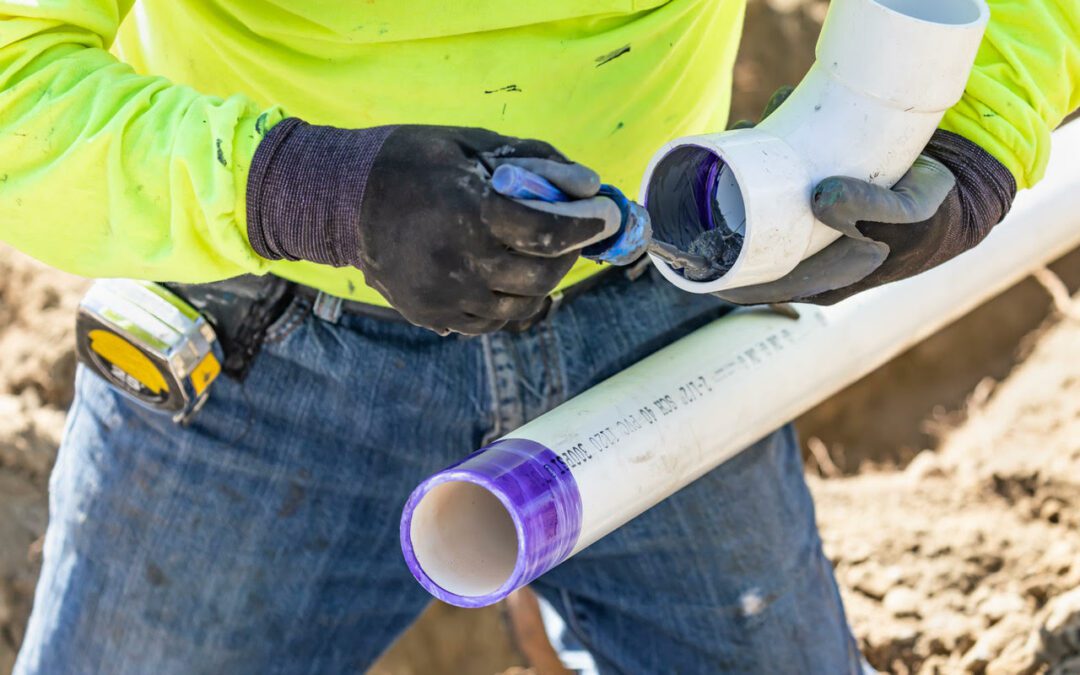Save Water by Avoiding These Design and Installation Errors
To err is human. But that doesn’t mean some errors can’t be avoided. Irrigation mistakes often result in wasted water, and that reflects poorly on the industry.
Here are some of the most common missteps that can occur when designing and installing landscape irrigation systems.
#1. Mixing Sprinkler Head Types Within a Single Zone
Installing different types of irrigation heads within the same zone to operate at the same time is not a good idea. The precipitation / application rates of the various emitters used for rotors, sprays, bubblers, and drip systems are entirely different.
For instance, nozzles for rotor heads have a much lower IPH (inches per hour) rate than those for spray heads. So if you install a rotor head in a zone with spray heads, you’ll create a dry spot. Then, you’ll have to run this irrigation zone longer in order to apply enough water to cover the dry area, wasting both water and money.
#2. Setting the Same Running Times for All Zones
It’s important to program the irrigation controller so that the different zone types (rotor, spray, drip, etc.) have different running times. Again, because the precipitation rates differ for the various types of irrigation heads, the operating times should also be different. A zone with 0.20 IPH heads, for instance, will obviously need to run longer than an irrigation zone with 1.60 IPH heads.

Self-Assessment
According to the experts at Irrigation & Green Industry (IGIN) magazine, it’s a good idea for contractors to periodically assess their design and installation techniques in order to avoid irrigation mistakes. IGIN suggests asking yourself three questions:
- Am I meeting — or exceeding – my customers’ expectations?
- Am I doing so in such a way as to maximize my own profits?
- Am I a responsible member of my community and setting a good example for the green industry?
Whenever the answer to any of these questions is “no,” it’s time to stop and reevaluate your methods.
#3. Failing to Achieve Head-to-Head Coverage
Regardless of whether you’re using sprays or rotors, all zones should provide head-to-head coverage. That means the maximum distance between heads/nozzles in each irrigation zone should match the nozzle manufacturer’s maximum throwing distance (10 feet, 15 feet, 25 feet, 35 feet, etc.) for that nozzle at your working pressure.
Do not attempt to increase the distance between heads in order to save on design, installation, operational or maintenance costs.
#4. Failing to Match Precipitation Rates
Some irrigation professionals incorrectly assume that they should use the same gallon per minute (GPM) nozzles in every head within a zone if they want to evenly water that area. Not so. There’s a reason system manufacturers produce so many different GPM nozzles.
By matching precipitation rates of the nozzles, you can save between 10 and 40 percent of the water used in any given zone. For instance, a rotor head that covers 1/3 of a circle should apply approximately 1/3 of the GPM as a rotor head in the same zone which covers a full circle. (For a more detailed explanation, see “Matched Precipitation Rates: Key to Water Efficiency.”)
—Article Continues Below—
#5. Incorporating Planting Beds in the Same Zone as Grassy Areas
Improper zoning is one of the most common irrigation mistakes. Grassy areas should always be irrigated separately from shrub and planting beds. Almost all landscape plants have larger root systems than grass. This means they can exist on half of the amount of water that grass requires. Separate shrub/planting zones should be scheduled to irrigate more deeply but less often as turf zones.
#6. Neglecting to Install or Retrofit Rain Sensors
A rain sensor may be a contractor’s most valuable tool for reducing water waste. (After all, irrigation should always be regarded as a back-up for natural precipitation, not the other way around.)
Since most rain sensors can save between three and 15 percent of a system’s annual operating expenses, they generally pay for themselves in less than one season. In fact, these devices are so effective that, in several areas of the country, they are required on all new irrigation systems.
Sources:
Featured Image: Adobe, License Granted
Sprinkler Warehouse
Irrigation & Green Industry
Lawn & Landscape







